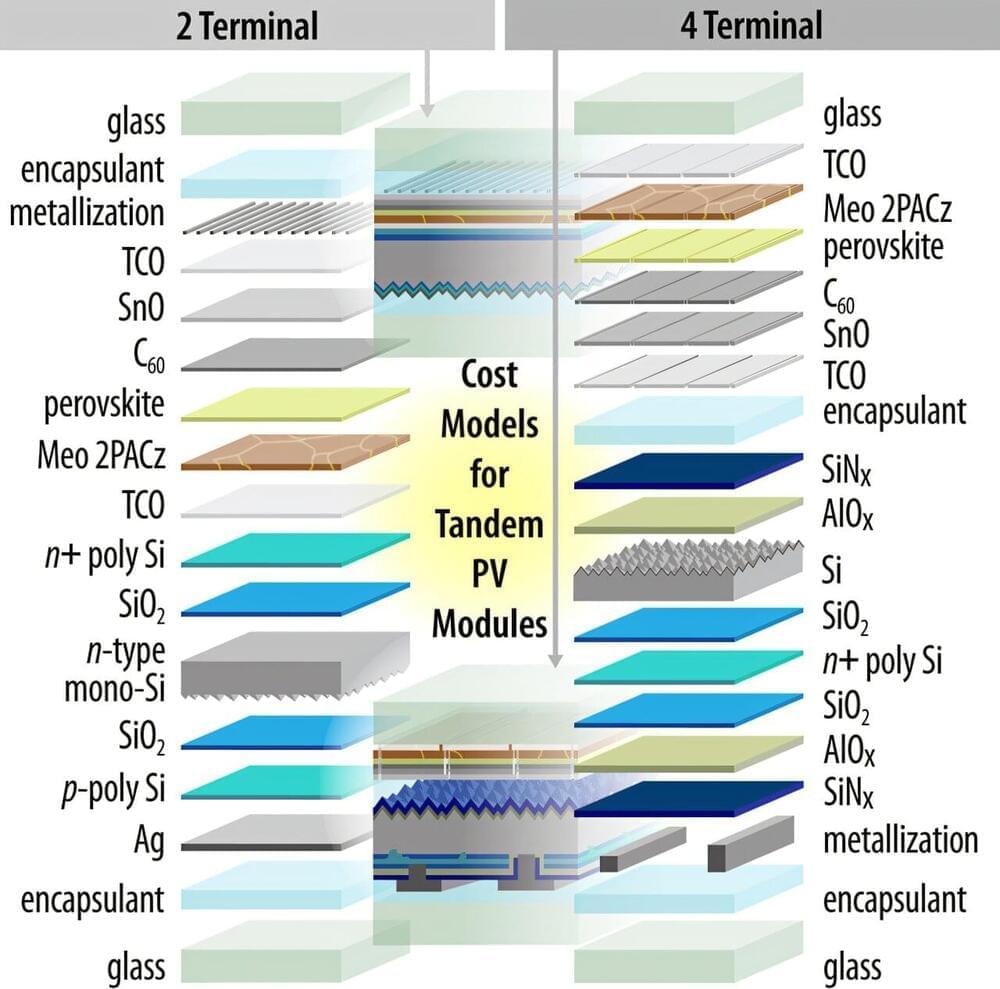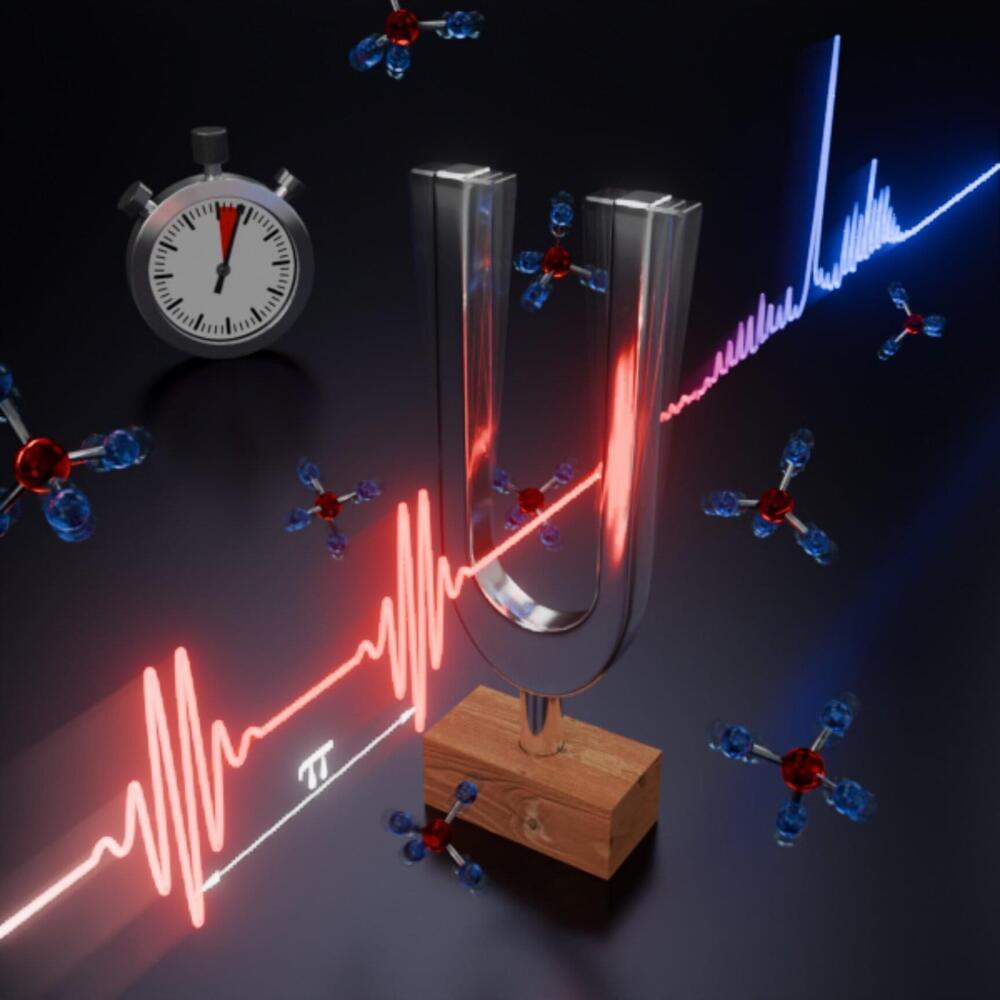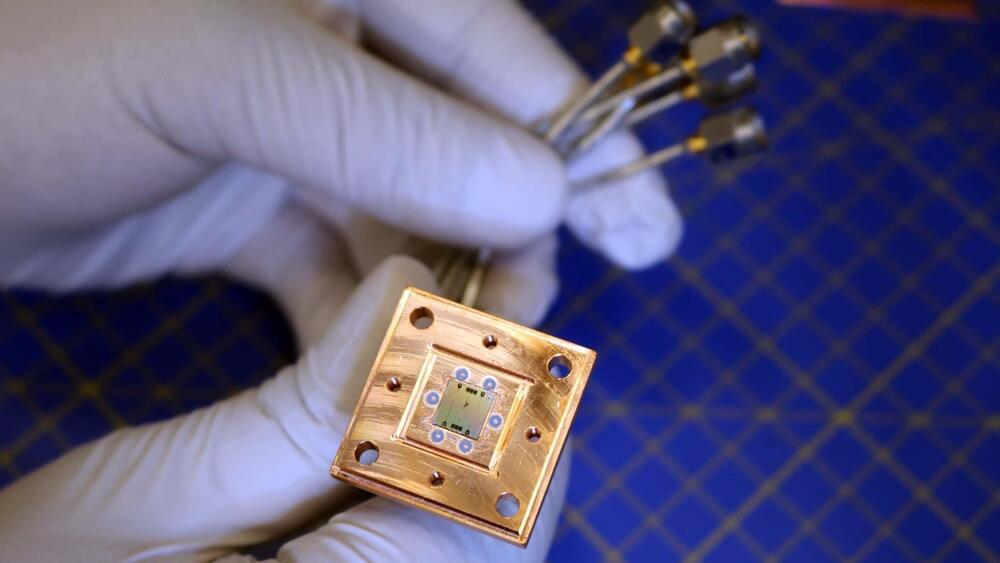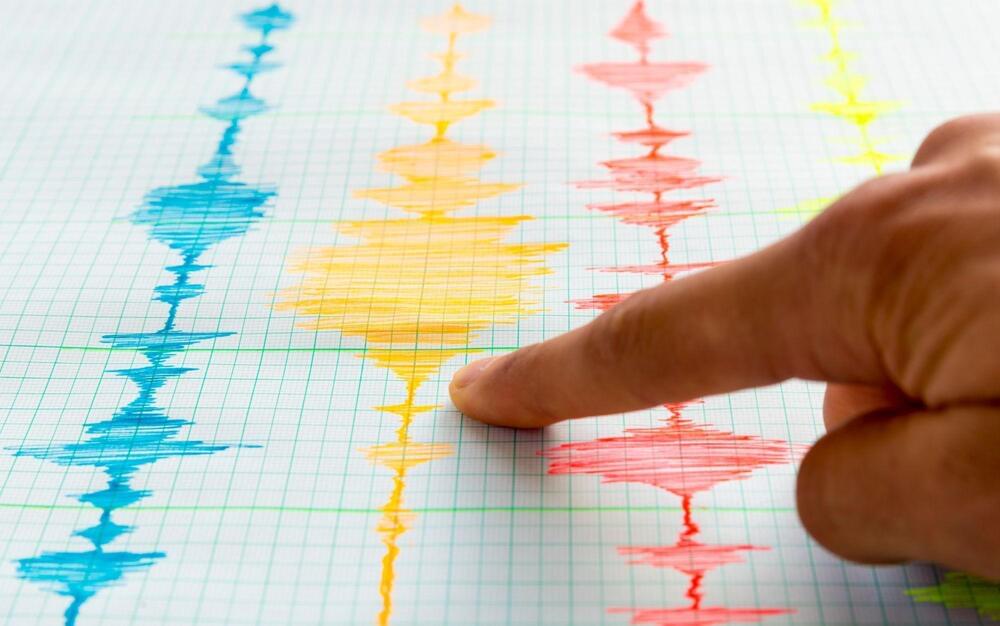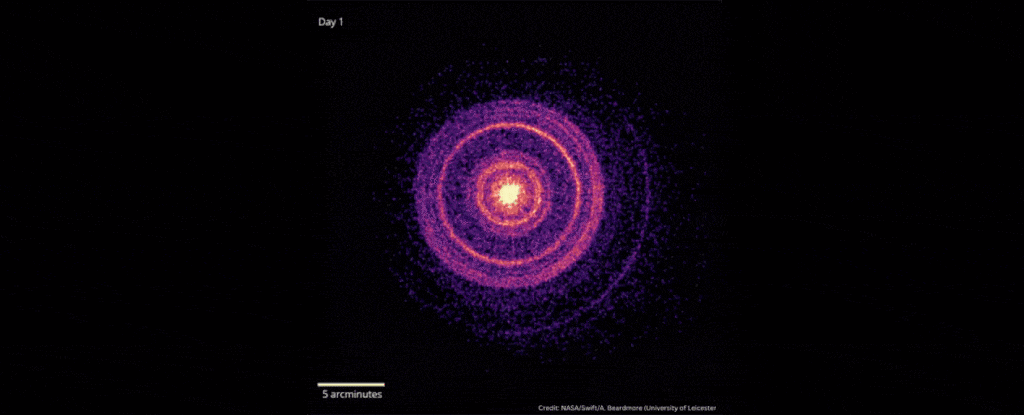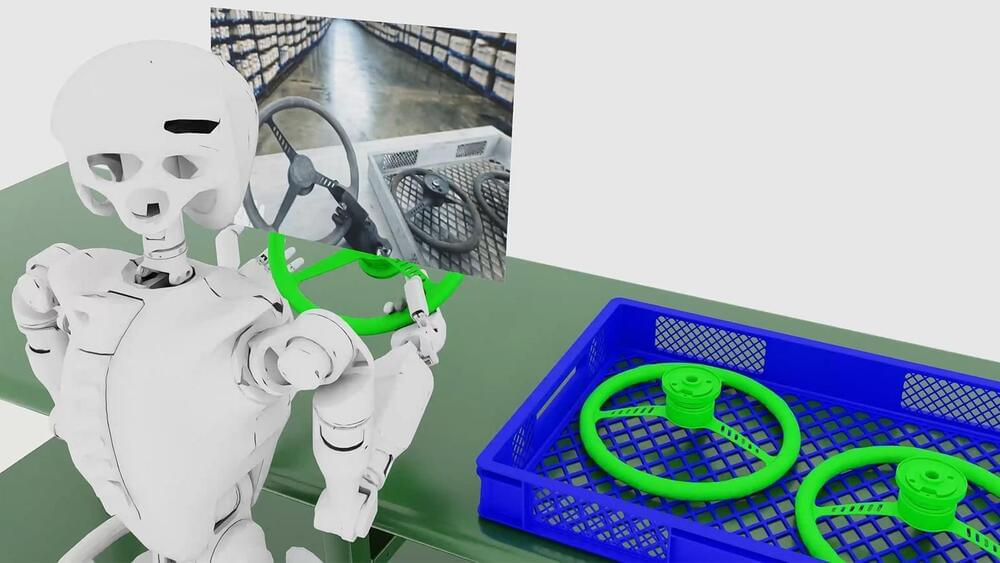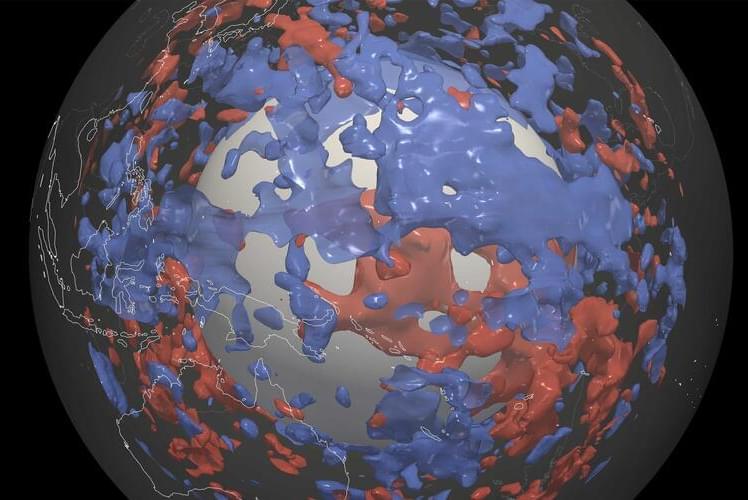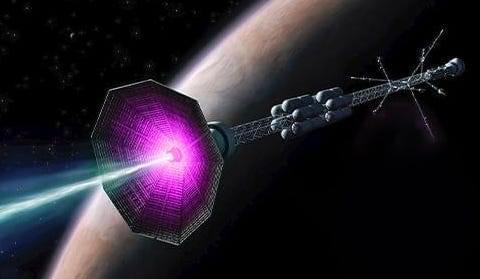Increasing module efficiency and expanding manufacturing capacity play complementary roles in reducing costs of metal halide perovskite/silicon tandem solar modules, according to researchers at the U.S. Department of Energy’s National Renewable Energy Laboratory (NREL). Each cost lever can play a similar role depending on a manufacturer’s ability to scale up and improve module performance.
Most photovoltaic (PV) modules manufactured today are based on single-junction silicon solar cells. By pairing silicon with another solar cell material such as metal halide perovskites (MHPs), thus creating a tandem, manufacturers can create a solar module that can convert more sunlight to electricity than using silicon alone.
This tandem technology is still in the early stages, and there are multiple options being pursued to integrate MHPs and silicon, with a lot of unknowns in terms of cost and performance. To address this gap, the researchers built a manufacturing cost model that combines laboratory processes with existing equipment and supply chains to compare different possible approaches at scale.
